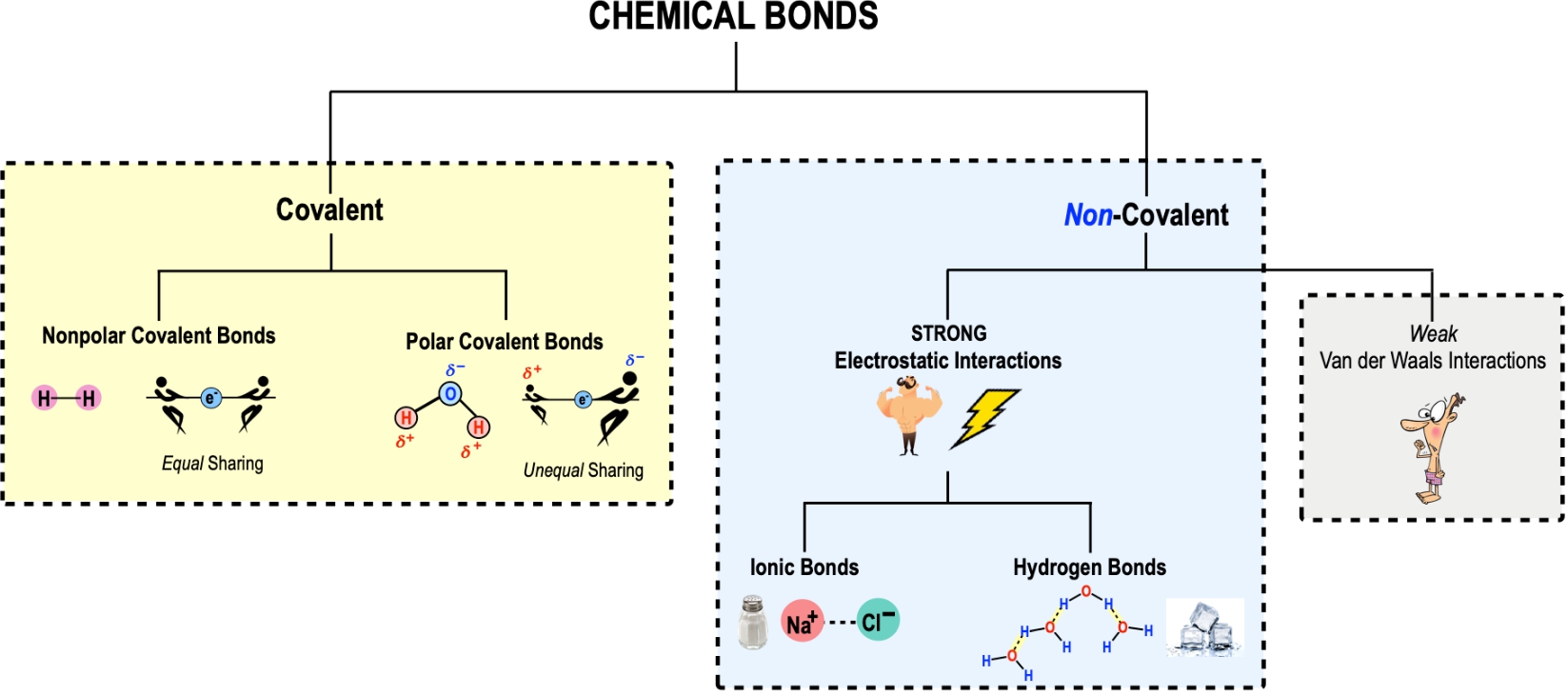Chemical bonding is fundamentally about the attractive forces that hold atoms together, forming molecules and compounds. A molecule is defined as any substance containing two or more chemically bound atoms, which can be of the same or different elements. For instance, oxygen gas (O2) consists of two oxygen atoms bonded together, making it a molecule.
In contrast, compounds are a specific type of molecule that must contain at least two different elements. This distinction is crucial; while all compounds are molecules, not all molecules qualify as compounds. Water (H2O) serves as a classic example of a compound, as it consists of hydrogen and oxygen, two different elements. On the other hand, O2 is a molecule but not a compound since it contains only one type of element.
Another example of a compound is glucose (C6H12O6), which includes carbon, hydrogen, and oxygen. This highlights the complexity of compounds, as they are made up of multiple elements. Understanding the structure of compounds is essential, as they play significant roles in biological systems, such as glucose being a vital energy source in living organisms.
The chemical formula is a concise way to represent the composition of a molecule or compound, indicating both the types and numbers of atoms present. For example, the formula for glucose reveals that it contains six carbon atoms, twelve hydrogen atoms, and six oxygen atoms. This notation simplifies communication in chemistry, allowing scientists to convey complex structures efficiently. Other examples of chemical formulas include H2O for water and CO2 for carbon dioxide.
As we delve deeper into the study of chemical bonds, we will explore various types of bonds and their implications in forming different substances. Understanding these foundational concepts is crucial for grasping more complex chemical interactions in future lessons.



